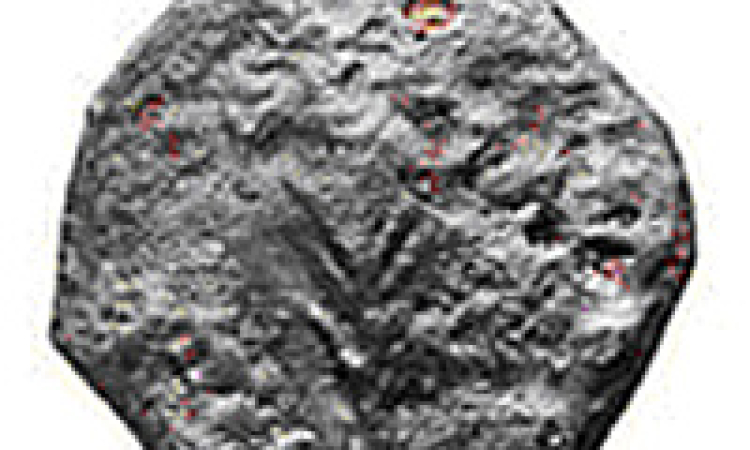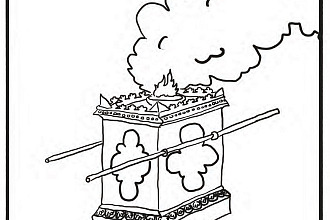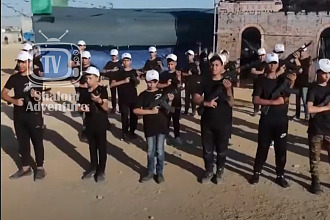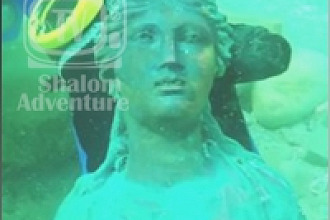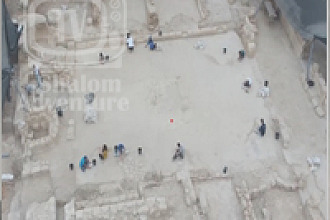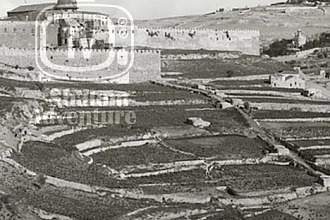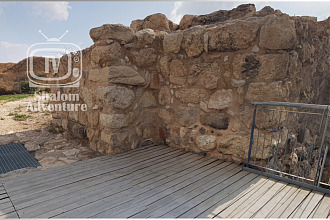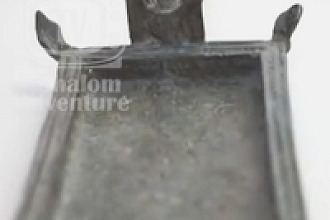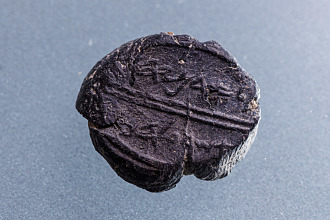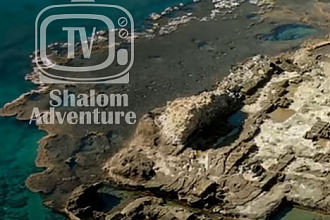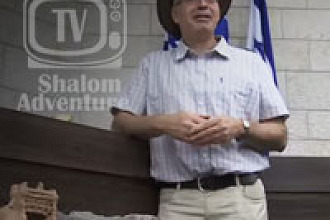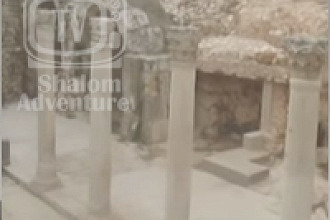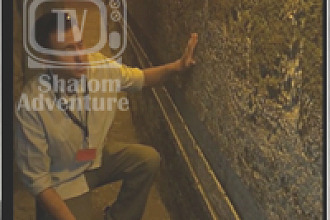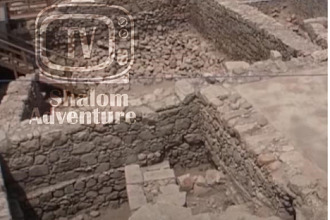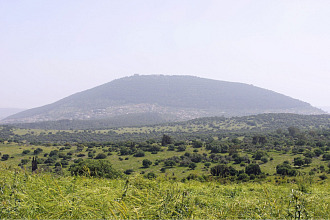Archaeological findings show Western Wall construction wasn't completed during King Herod's reign.
Findings of archaeological excavations, released by The Antiquities Authority … challenge the conventional historical concept that Herod alone was responsible for the building of the Western Wall. In excavating the ancient drainage channel of Jerusalem, archaeologists found an ancient mikve [ritual bath].
This dramatic finding confirms Jewish historian Joseph ben Matityahu's theories positing that the work was only completed during the days of King Agrippa II (Herod's grandson), and its completion left 8,000 to 10,000 people unemployed.
Archaeological data illustrates that the building of the walls of the Temple Mount and Robinson's Arch was an immense project that lasted decades and was not completed during Herod's reign.
The road which served as Jerusalem's main thoroughfare 2,000 years ago - which pilgrims then used to reach the Temple - recently underwent maintenance work. This is part of a project to re-discover the drainage channel that ran beneath the street, from the Pool of Siloam in the City of David to the archaeological park at the Western Wall.
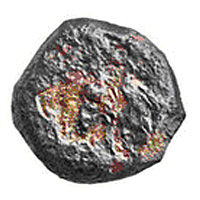 In sifting the dirt from the mikve, three clay lamps were found of the type prevalent in the 1st Century AD. In addition, excavators found 17 identifiable bronze coins. Dr. Donald Ariel of Antique Authority coins treasury, stated that the most recent coins were stamped by the Roman governor Valerius Gratus in 17/18 AD. This means that Robinson's Arch, and perhaps a longer part of the Western Wall, were built after this year - at least 20 years after Herod's death.
In sifting the dirt from the mikve, three clay lamps were found of the type prevalent in the 1st Century AD. In addition, excavators found 17 identifiable bronze coins. Dr. Donald Ariel of Antique Authority coins treasury, stated that the most recent coins were stamped by the Roman governor Valerius Gratus in 17/18 AD. This means that Robinson's Arch, and perhaps a longer part of the Western Wall, were built after this year - at least 20 years after Herod's death.
The Antiquities Authority, the East Jerusalem Development Company and the Israel Nature and Parks Authority are working in cooperation to run the project, which is funded by the Ir David Foundation. Archaeologist Eli Shukron is directing the project on behalf of the Antiquities Authority, assisted by Professor Ronny Reich of Haifa University.
Excavators digging beneath the paved road near Robinson's Arch exposed sections of the Western Wall founded on the rock; this is also the Western foundation of Robinson's Arch- a huge arch bearing a staircase that led from the main street of Jerusalem to the temple entrance.
According to Professor Reich, "During the excavation work it emerged that carved in the natural rock are the remains of various facilities including water cisterns, mikvaot and basements. They belonged to residential neighborhoods that existed there prior to King Herod's decision to expand the Temple Mount. Jewish historian of the period Joseph ben Matityahu tells that Herod began to expand the site during the 18th year of his reign, and defines it as "the largest complex that man has ever heard of."
The land was expropriated and the walls of the houses were removed down to the rock. The rock-cut installations were filled with dirt and stones, in order to build on them. What was previously thought to be one of the corners of the Temple Mount from the first stage of construction, now turns out to be one of the mikvaot located directly along the Western Wall.
The builders filled the mikve with dirt, upon which they placed three large flat stones, and built the first pillar of the Western Wall on top of this.
Originally from here
Posted on Shalom Adventure by: Jeff Zaremsky

